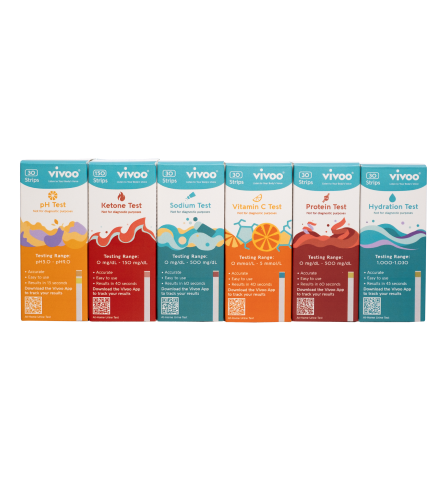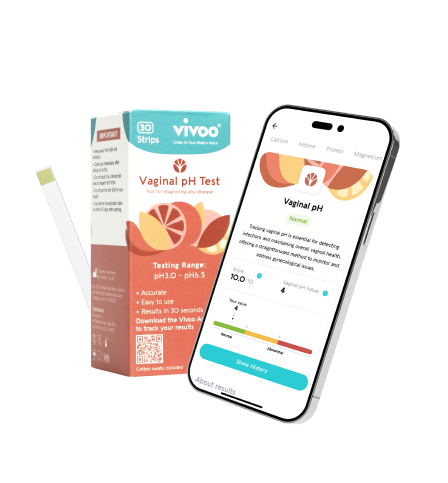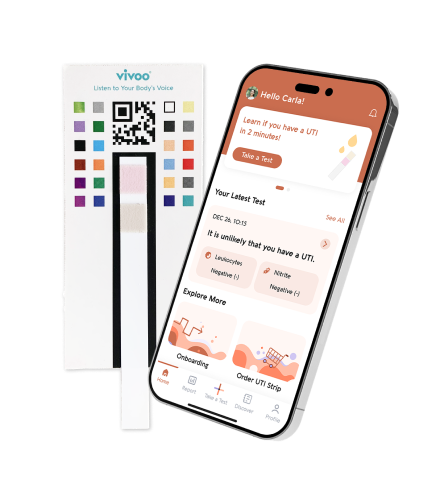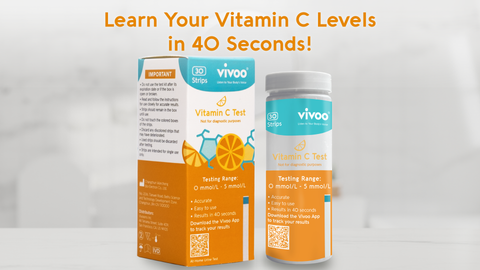Red blood cells flow through your blood arteries, delivering oxygen to all tissues and organs and transporting carbon dioxide from your cells to your lungs. Every cell in your body needs oxygen for energy and life.
If you have a low quantity of red blood cells or if they aren't operating properly, you will have little energy. If you have a low red blood cell count, your doctor may propose lifestyle changes as well as medication intervention.
This blog will go through the signs and causes of low red blood cells (RBCs), as well as diet and lifestyle changes to promote healthy blood cells and when to contact a doctor.
Symptoms Of Anemia
Depending on the cause, the symptoms of anemia might manifest immediately or slowly. Anemia symptoms may vary from moderate to severe, depending on your anemia’s severity and general health.
Anemia symptoms include fatigue, drowsiness, pale skin, headaches, dizziness, and others.
What Functions Do Red Blood Cells Serve?
Red blood cells are responsible for carrying oxygen-rich blood from the lungs to tissues and cells. RBCs are small enough to pass through even the smallest blood vessels.
Red blood cells also contribute to the elimination of carbon dioxide. In red blood cells, carbon dioxide (CO2) undergoes a conversion process in the peripheral circulation, where it is transformed into bicarbonate ions (HCO3-). This conversion is facilitated by the enzyme carbonic anhydrase.
Upon reaching the lungs, the same enzyme, carbonic anhydrase, plays a crucial role in reversing the process. It assists in converting bicarbonate ions back into CO2 gas and water. This allows the CO2 to be expelled through exhalation.
What Are The Causes Of Low Blood Cell Count?
The most prevalent reason for a low red blood cell count is a lack of iron in the diet, as well as other minerals and nutrients. Eating meals high in iron, folic acid, and vitamin B12, help raise your red blood cell count. Regular exercise and other lifestyle adjustments may also assist in boosting your red blood cell count.
How To Boost Red Blood Cell Count
There are numerous methods for increasing red blood cell count. Increased consumption of nutrients such as Vitamin B9 (Folic Acid), Vitamin B12, Iron, Copper, and Vitamin C boost RBC count.
Red blood cells play a crucial role in carrying oxygen throughout the body, and a low red blood cell count, also known as anemia, can cause fatigue, weakness, and shortness of breath. However, there are many natural ways to boost red blood cell count and improve overall health and well-being. These are;

Iron
Iron deficiency is a prominent cause of anemia, and eating more iron-rich foods will help. This substance promotes the formation of hemoglobin, a protein present in red blood cells, which raises RBC count. Iron is often found in spinach, red meat, lentils, eggs, beans, and dried fruits.
Folate
Folate is a form of vitamin B that is required for the production of red blood cells in the bone marrow. Folic acid is a kind of folate supplement. A lack of this vitamin may prevent red blood cells from developing. Folate is abundant in leafy greens, asparagus and lentils.
Vitamin B-12
Vitamin B-12 is essential for the production of red blood cells. A lack of this vitamin may cause irregular RBC formation and limit growth, which is known as megaloblastic anemia. This vitamin is mostly found in dairy products and animal-based meals such as red meat, fish, and shellfish. Furthermore, morning cereals are enriched with vitamin B12.
Copper
Copper is another key element that aids cells in accessing the molecular form of iron required by red blood cells throughout the iron metabolism process. Copper is present in cashews, chickpeas, leafy greens, dark chocolate, beans, and sesame.

Vitamin C
Vitamin C is an essential nutrient that has many benefits for the body, including supporting a healthy immune system, helping with the production of collagen, and acting as an antioxidant.
Vitamin C, like copper, does not directly increase RBC synthesis but does promote iron absorption in the body. Having vitamin C-rich meals is very crucial when eating plant-based foods to meet your iron requirements. Combining vitamin C-rich foods with iron from non-heme sources will help your body absorb more iron.
Did you know that you can check your vitamin C intake in the comfort of your home? If you are wondering about your vitamin C levels, Vivoo can help! Vivoo at-home urine test gathers your urine information and gives actionable advice prepared by registered dietitians and nutritionists. With Vivoo, you’ll get real-time data about your body’s 9 wellness parameters, such as sodium, water intake, calcium, protein, magnesium, ketones, urine pH, Vitamin C, and oxidative stress levels, within 90 seconds!
Exercise
Exercise is beneficial to everyone, even those with low RBC levels, and may help you both physically and emotionally.
Exercise stimulates red blood cell production by increasing oxygen demand and promoting efficient oxygen transport. Aerobic activities like running, cycling, and swimming boost the body's ability to deliver oxygen to tissues, prompting the bone marrow to produce more red blood cells.













